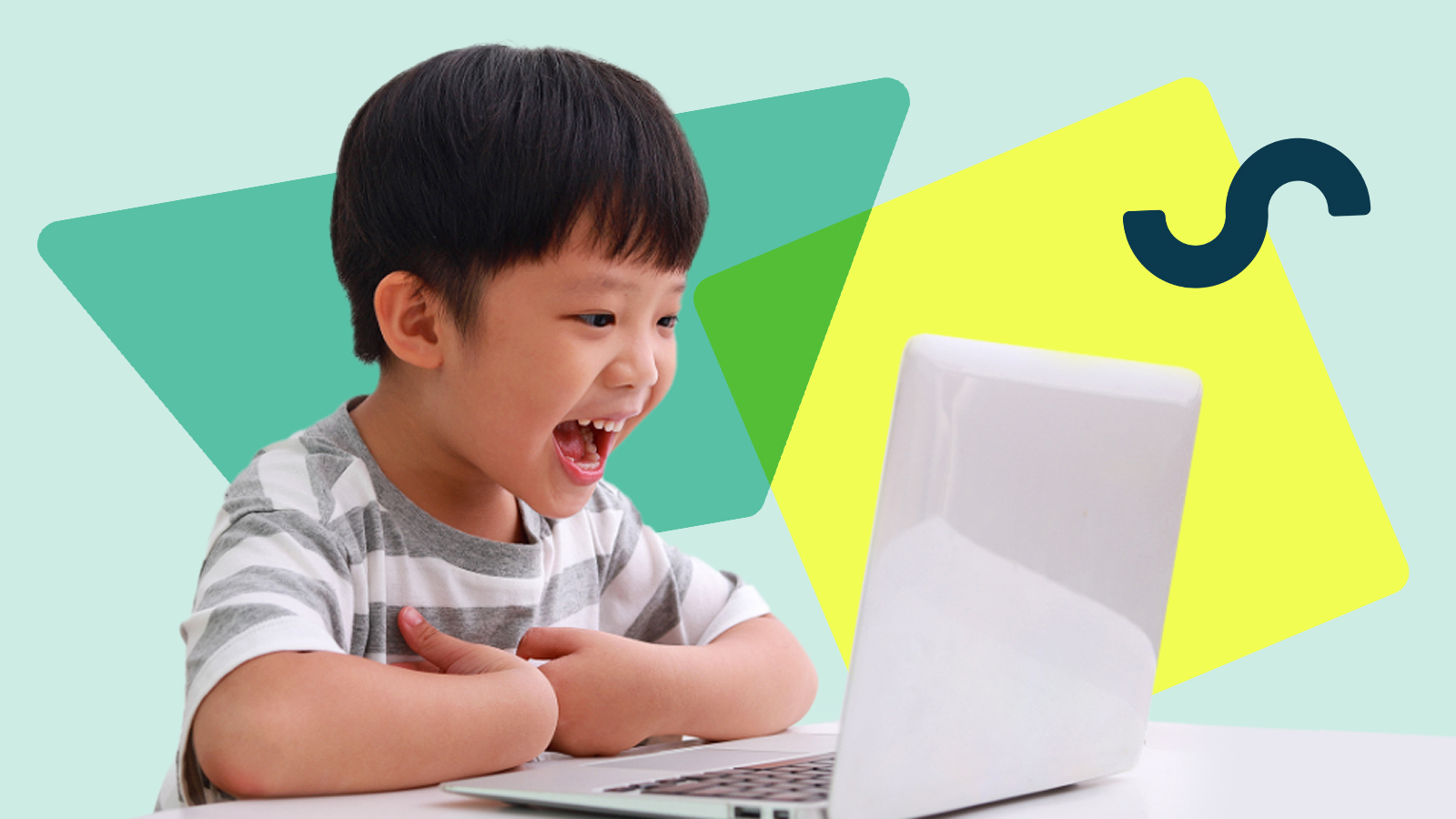3 Lessons COVID Taught Us About Remote Learning
May 31, 2022
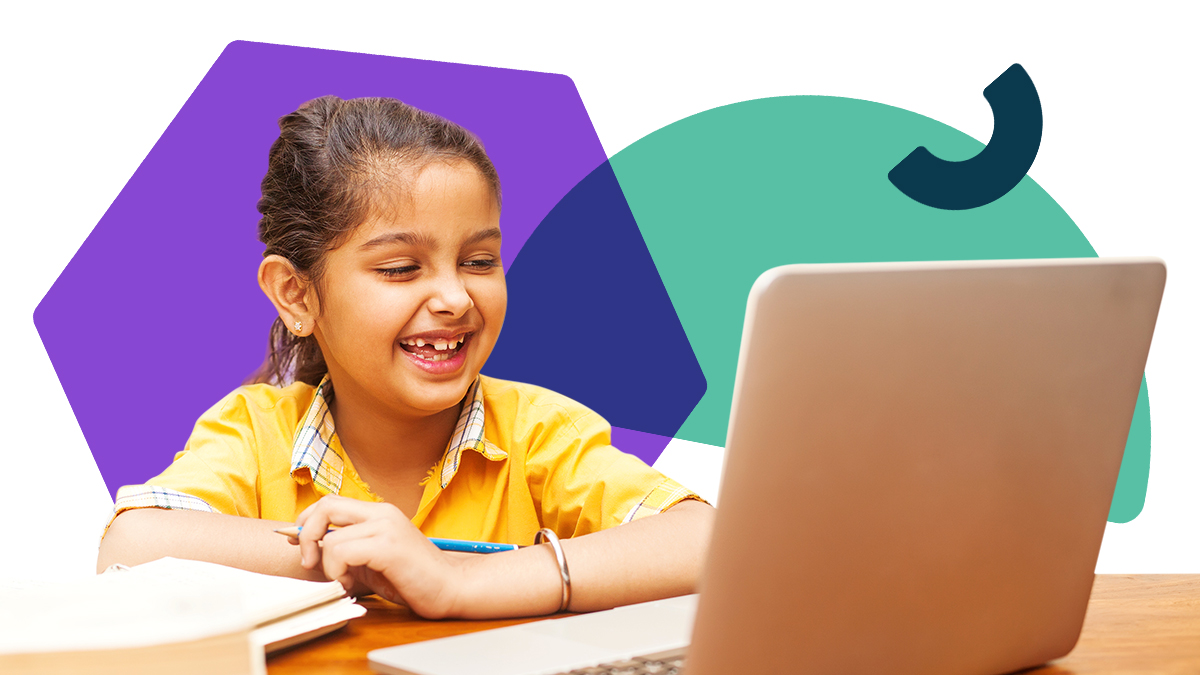
Two years into the pandemic, UNICEF reported that over 616 million children remained affected by school closures. For all the uncertainty brought by COVID, one thing was clear: We were undergoing the largest remote learning experiment in history.
While this experiment is now drawing to a close, what is its legacy and what have we learned? Today, teachers, parents, and education companies face a new challenge: how to leverage technology — voice tech included — to truly support and enhance learning for kids or all ages and abilities within and beyond the classroom setting.
What the pandemic taught us about remote learning
Here are three important lessons COVID taught us about distance learning:
Ill-thought-out school closures cause learning loss
When COVID first broke out, the world was already battling a decades-old education crisis. The hasty adoption of distance learning made things worse, disproportionately affecting minorities, high-poverty schools, and students with disabilities.
Learning loss was particularly acute in the US, where schools were closed longer than in other developed countries.
A Harvard study of 2.1 million students found that children who learned remotely for most of the 2020-21 school year lost 50% of math learning, compared to 20% for those who studied in person.
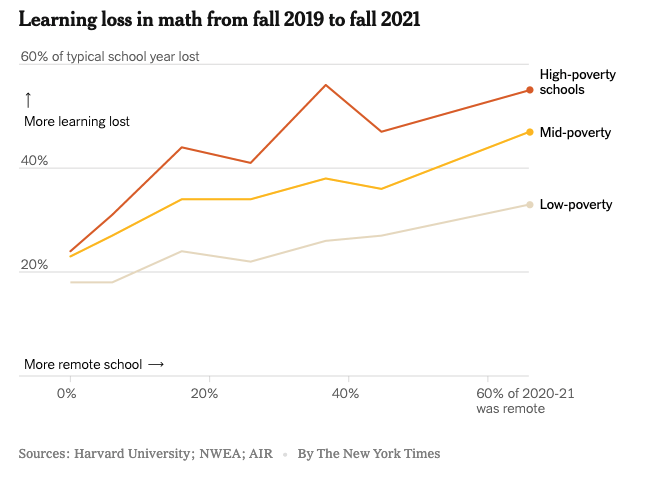
Another study by Amplify, one of SoapBox’s education clients, found that nearly 33% of K-5 students were far behind in early literacy skills in 2021 — up from around 26% before the pandemic.
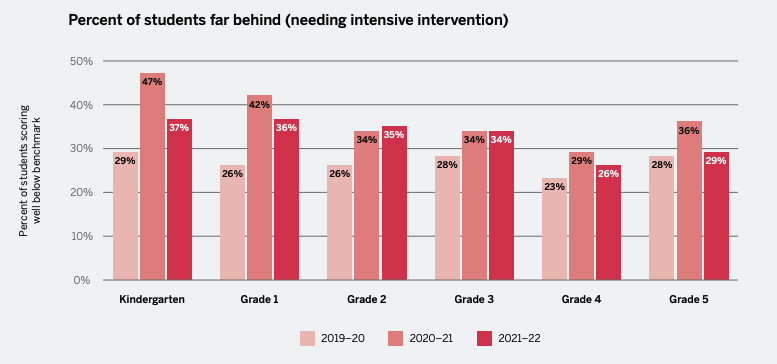
As UNICEF Chief of Education Robert Jenkins put it, “Quite simply, we are looking at a nearly insurmountable scale of loss to children’s schooling.”
Current remote learning set-ups lack personalization
Mounting evidence shows that developing a differentiated approach to teaching for each child is essential for closing early literacy gaps. Lacking personalized instruction, many students don’t reach their full reading potential.
The trouble is, offering sufficient individual support is hard in the best of circumstances. Over a Zoom conference call with 20 kids, it’s near impossible.
This is something to keep in mind as schools reopen.
Sean Ryan, President of the McGraw Hill School Group, who we announced a partnership with in January, recently said for EdWeek that McGraw saw a 40% increase in digital tool usage during the pandemic. With the return to in-person instruction, there was a single-digit decline only. Virtual learning environments are here to stay, so imbuing education technologies with personalization will be paramount in the coming years.
Distance learning must drive student engagement
Many remote learning tools are too passive and fail to create interactive experiences. As a result, it’s almost tempting for students to disengage and fall off track.
This is something that Patricia Scanlon, ourthe Founder of SoapBox Labs, experienced first-hand when she observed her daughter interact with literacy apps back in 2013:
“I started quizzing my daughter and realized she didn’t know the answers to basic questions about what she had learned. […] I realized the apps really only assessed her passive receptive skills, not her expressive skills. My daughter was answering multiple-choice questions and so wasn’t really being tested on her ability to recall or pronounce words.”
Emergent readers need to spend a lot of time reading out loud. They must also receive accurate, real-time feedback and encouragement. Unfortunately, very few remote instruction tools deliver this level of engagement.
There is an impatience and intolerance, even for readers, in the act of reading. Making sure there’s some feedback loops for kids is becoming more and more important.
Rose Else-Mitchell, President of Education Solutions, Scholastic
Finding new and innovative ways to keep kids engaged is top of mind of educators and practitioners like Rose Else-Mitchell, President of Education Solutions at Scholastic. In our recent panel discussion, she emphasized the need for interactive experiences for kids, especially when it comes to reading. “There is an impatience and intolerance, even for readers, in the act of reading,” she said. “Making sure there’s some feedback loops for kids is becoming more and more important.”
The future of remote classrooms: 3 technological solutions for better learning outcomes
The path to post-COVID academic recovery is steep, but the good news is we already have tools that can foster better learning outcomes and more equitable education systems.
1. Voice technology
Voice is the natural learning interface, especially for preliterate kids. But until recently, speech recognition solutions had limited capabilities and were used mainly as an accommodation for students with disabilities.
Another issue is that early voice tech was built using adult voice datasets. However, young voices are anatomically different. Kids also have erratic speech patterns: They pause, mumble, over and under-enunciate, and use different vocabulary. Accents, dialects, and background noises vary as well. This results in poor accuracy when kids use adult-centric voice technology.
Digital privacy is an important concern too. Human voices are biometric data and can be used to create unique user profiles that follow kids across a lifetime.
The SoapBox difference
At SoapBox, we are on a mission to tackle these problems by developing safe and effective voice tech for kids.
To ensure accuracy, we built our speech recognition engine from the ground up using children’s voice data and real-life ambient noises from 193 countries.
To guarantee kids’ safety, we never sell or share personal data, use it for marketing, or create unique user profiles. We also espouse an approach to software development known as “privacy by design,” where we take steps to protect privacy at all phases of product design and engineering.
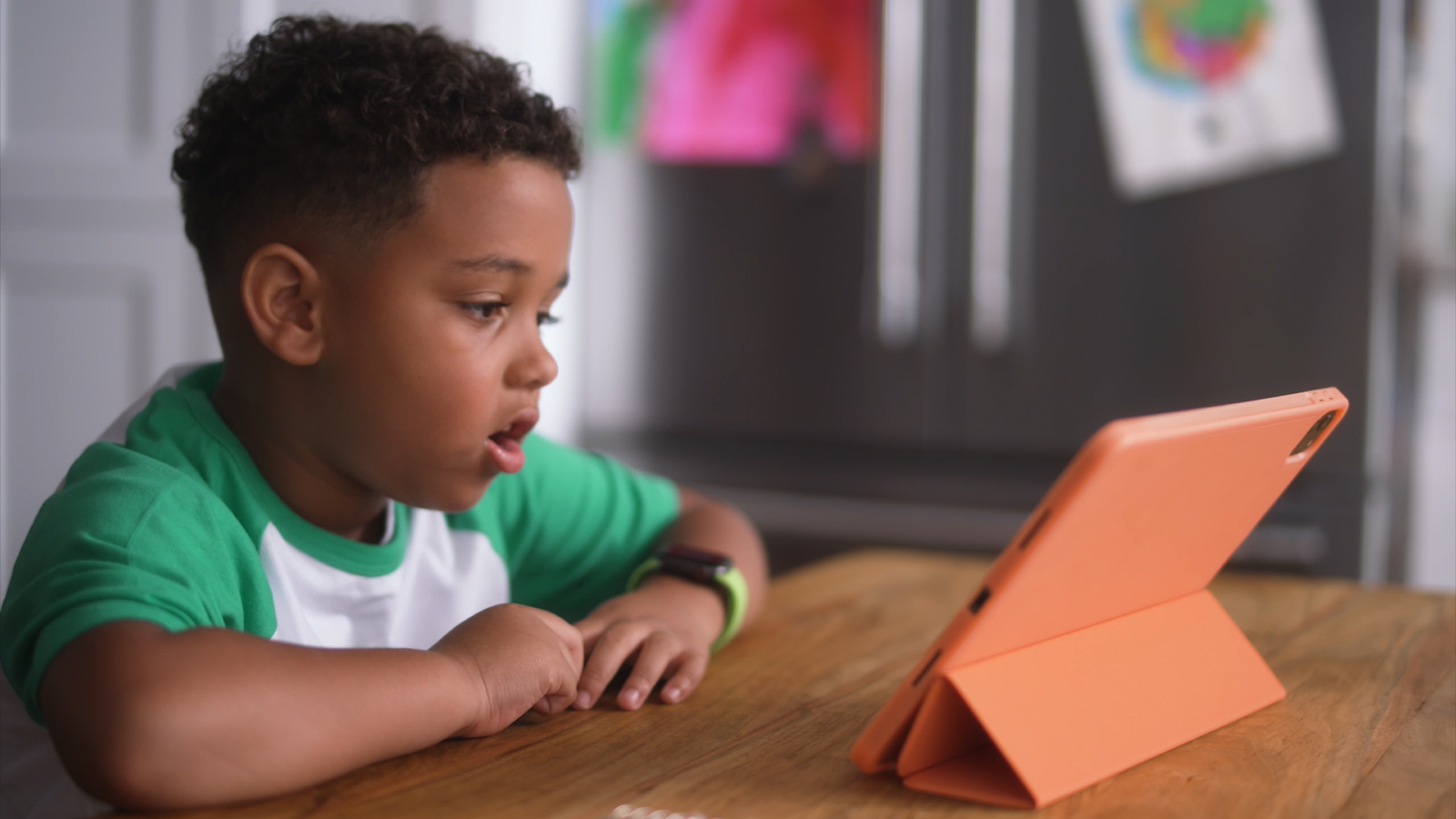
Our speech recognition technology can be used for both remote and in-class literacy practice, helping children learn to read in a fun and engaging manner. Teachers can also use our voice tech for reading assessments. The system listens as children read and returns a detailed breakdown of fluency indicators down to the phoneme level, including:
- Deletions
- Insertions
- Repetitions
- Substitutions
- Words correct per minute
- And more data points
Many leading education companies are enthusiastically embracing voice technology’s potential in the classroom. “Voice is the next logical evolutionary phase for technology in the modern Language Arts classroom,” said Sean Ryan of McGraw Hill in our partnership announcement. “Done well, this capability generates data for immediate use by the teacher and longitudinal data for all stakeholders who care about student development over time.”
Voice is the next logical evolutionary phase for technology in the modern Language Arts classroom.
Sean Ryan, President K-12, McGraw Hill
2. Video and audio
Educators don’t need to reinvent the wheel. Innovative uses of old technologies hold a lot of potential for increasing student engagement in remote learning environments.
For instance, interactive videos allow students to slow down, rewatch, or pause to answer questions, take notes, and learn at their own pace.
In 2020, a joint project of the Harvard Global Education Innovation Initiative, the OECD, the World Bank, and education non-profit HundrED developed podcasts for low-income students in Colombia during the COVID crisis. The math and Spanish lessons were aired via a popular messenger app.
“They were so humorous that within a week, everyone was listening,” said Fernando M. Reimers, Ford Foundation Professor and director of Harvard’s GSE Global Education Innovation Initiative and International Education Policy Program.
Eventually, radio stations and other platforms also began broadcasting the lessons, reaching adults as well as students.

3. Collaborative technologies
Last but not least, educators should make use of the many digital tools that enable collaboration between teachers and students and among students themselves — from communication and file sharing apps to discussion boards, brainstorming tools, and more.
Dr. Doug Fisher, Professor of Educational Leadership at San Diego State University, recently shared his favorite remote instruction tool with McGraw Hill:
“My current favorite take away from pandemic teaching is the concept of shared slides, used for rich math tasks, responding to texts, and other collaborative tasks. […] I can see where each group is at, and students can look at what other groups are doing […]. Some teachers also have students change the color background of their slides to signal to teachers and peers if they need help or feedback.”
Tools such as these transform traditional classrooms into collaborative communities that support connected learning and better educational outcomes.
Want to learn more about the potential of voice technology for remote learning?
Contact us at hello@soapboxlabs.com to learn more about our speech recognition engine and how it supports remote instruction.
If you would like to add voice tech to your products, complete our Get Started form, and we’ll be in touch with next steps.


